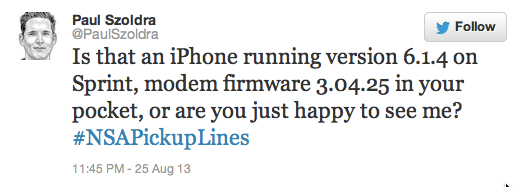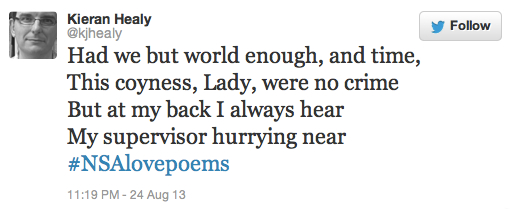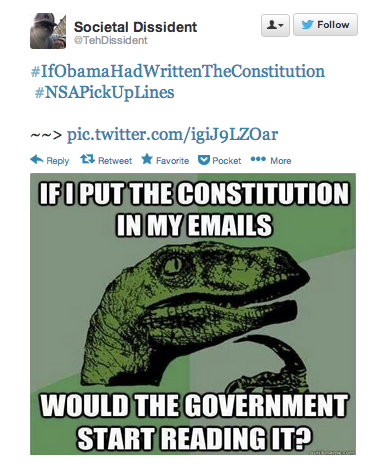Police Bodycams: Crossing the Line from Accountability to Shaming
/
Police bodycams are an emerging high-profile tool in law enforcement upon which many hopes for improved oversight, accountability, even justice are pinned.
When it comes to police bodycams, there are many perspectives:
- Some celebrate them as an accountability measure, almost an institutionalized sousveillance.
- For others, they’re an important new contribution to the public record
- And where they are not included in the public record, they can at least serve as internal documents, subject to Access to Information legislation.
These are all variations on a theme – the idea that use of police bodycams and their resulting footage are about public trust and police accountability.
But what happens when they’re used in other ways?
In Spokane, Washington recently a decision was made to use bodycam footage for the purpose of shaming/punishment. In this obviously edited footage, Sgt. Eric Kannberg deals calmly with a belligerent drunk, using de-escalation techniques even after the confrontation gets physical. Ultimately, rather than meting out the typical visit to the drunk tank, the officer opts to proceed via a misdemeanor charge and the ignominy of having the footage posted to Spokane P.D.'s Facebook page. The implications of this approach in terms of privacy, dignity, and basic humanity are far-reaching.
The Office of the Privacy Commissioner of Canada has issued Guidance for the Use of Body-Worn Cameras by Law Enforcement; guidance that strives to balance privacy and accountability. The Guidelines include:
Use and disclosure of recordings
The circumstances under which recordings can be viewed:
- Viewing should only occur on a need-to-know basis. If there is no suspicion of illegal activity having occurred and no allegations of misconduct, recordings should not be viewed.
- The purposes for which recordings can be used and any limiting circumstances or criteria, for example, excluding sensitive content from recordings being used for training purposes.
- Defined limits on the use of video and audio analytics.
- The circumstances under which recordings can be disclosed to the public, if any, and parameters for any such disclosure. For example, faces and identifying marks of third parties should be blurred and voices distorted wherever possible.
- The circumstances under which recordings can be disclosed outside the organization, for example, to other government agencies in an active investigation, or to legal representatives as part of the court discovery process.
Clearly, releasing footage in order to shame an individual would not fall within these parameters.
After the posted video garnered hundreds of thousands of views, its subject is now threatening to sue. He is supported by the ACLU, which expressed concerns about both the editing and the release of the footage.
New technologies offer increasingly powerful new tools for policing. They may also intersect with old strategies of social control such as gossip and community shaming. The challenge – or at least an important challenge– relates to whether those intersections should be encouraged or disrupted.
As always, a fresh examination of the privacy implications precipitated by the implementation of new technology is an important step as we navigate towards new technosocial norms.


















